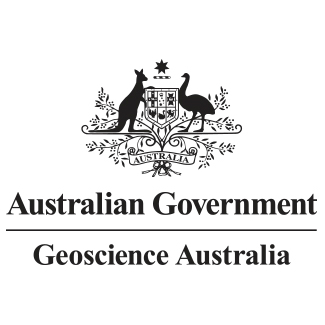Brief description
Background When deriving information from satellite images it may be beneficial to see how an area usually looks over a given year rather than how it was viewed at a single point in time. Other useful interpretations include how dynamic or variable the Australian landscape is over any given year, especially to help with understanding how the landscape changes, or to discriminateparts of the landscape that stay the same throughout the year (like bare rock), from those areas that go through big changes in cover (such as cropping areas). By understanding general conditions (which can be thought of as "average" for the year) and the different patterns of variation, we can characterise various types of land cover and land use, and detect changes of significance in the landscape. The Geometric Median provides information on the general conditions of the landscape for a given year. The Median Absolute Deviation provides information on how the landscape is changing in the same year. The DEA GeoMAD product combines the Geometric Median and the Median Absolute Deviation in a single, annually produced package. What this product offers This product provides statistical tools to exploit the time series of Earth observation data available in Digital Earth Australia, providing annual images of general conditions and how much an area changes for a given year. Thegeomedian part of the product provides an "average" cloud-free image over the given year. The geomedian image is calculated with a multi-dimensional median, using all the spectral measurements from the satellite imagery at the same time in order to maintain the relationships among the measurements. The median absolute deviation part of the product uses three measures of variance, each of whichprovides a "second order" high dimensional statistical compositefor the given year. The three variance measures show how much an area varies from the "average" in terms of "distance" based on factors such as brightness and spectra: Euclidean distance (EMAD) Cosine (spectral) distance (SMAD) Bray Curtis dissimilarity (BCMAD) Together, they provide information on variance in the landscape over the given year and are useful for change detection applications.Lineage
Maintenance and Update Frequency: asNeededCreated: 15 06 2021
Issued: 02 02 2022
Data time period: 1986-08-15
text: westlimit=98.38856499696; southlimit=-50.374659124587; eastlimit=157.04490020405; northlimit=-7.213148786104; projection=GDA94 (geocentric) (EPSG:4348)
User Contributed Tags
Login to tag this record with meaningful keywords to make it easier to discover
- DOI : 10.26186/146261

- URI : pid.geoscience.gov.au/dataset/ga/146261

- global : 9eca720c-24fb-49b7-bc2f-42fe2362c162


